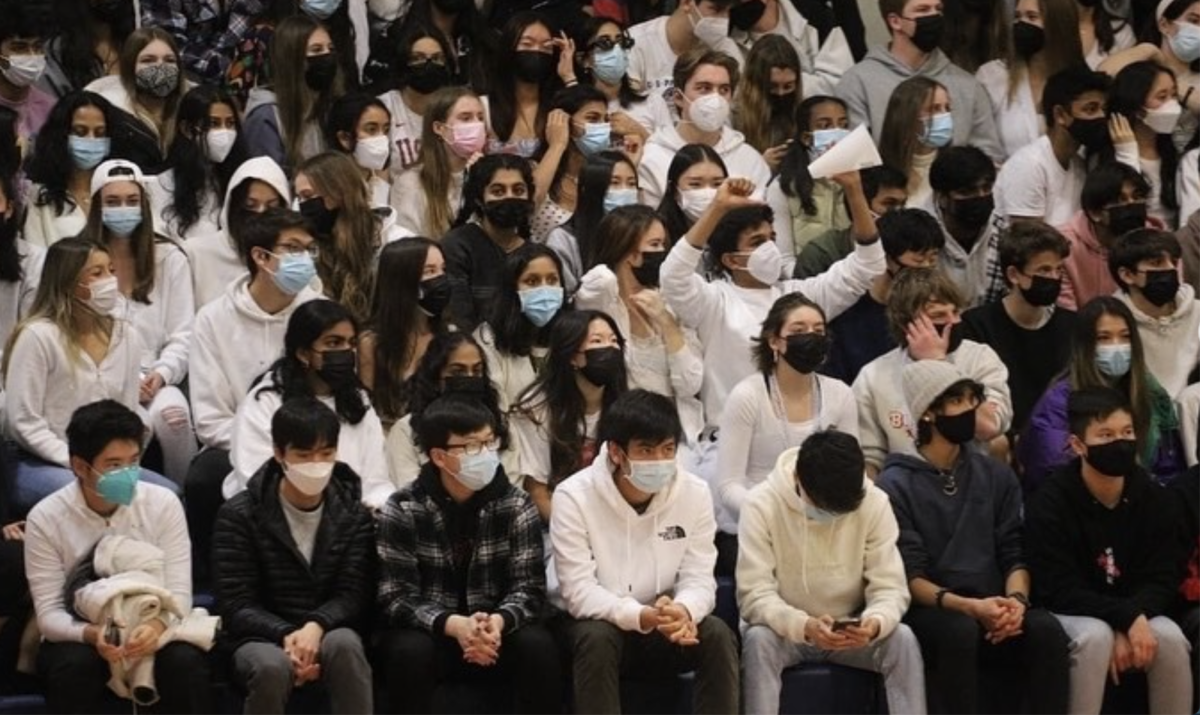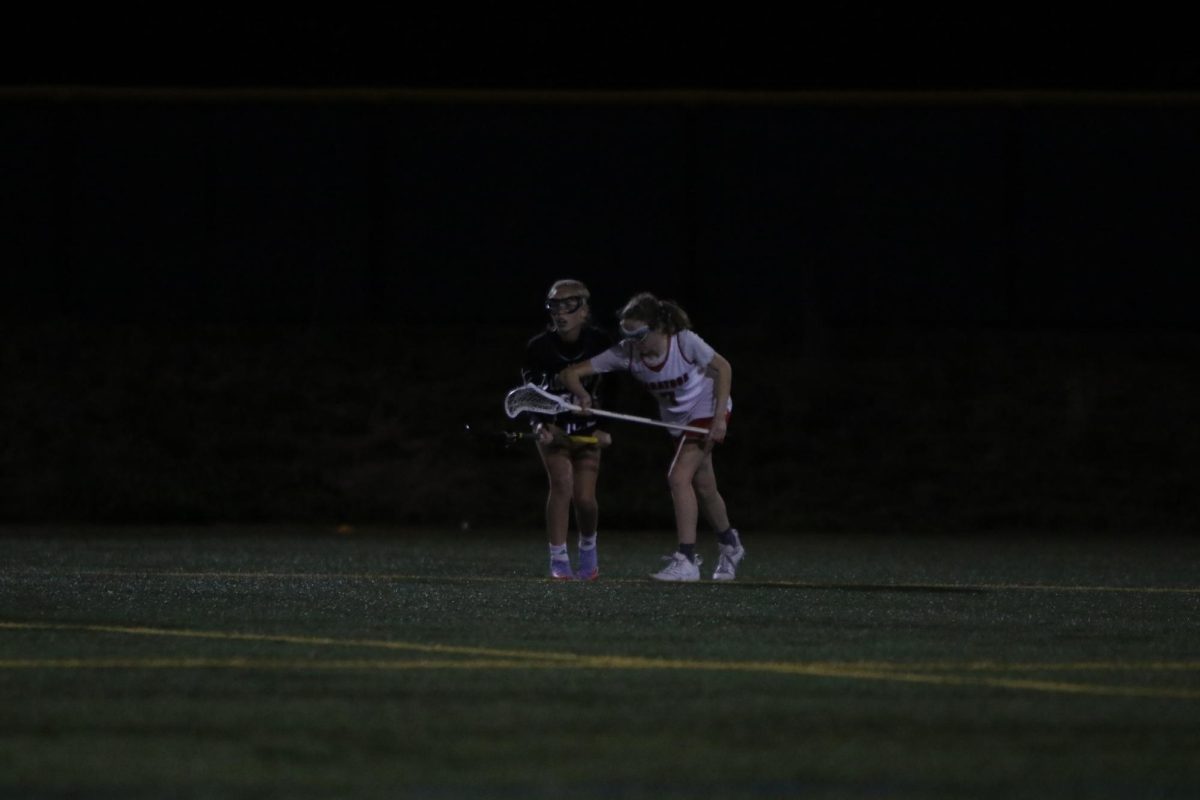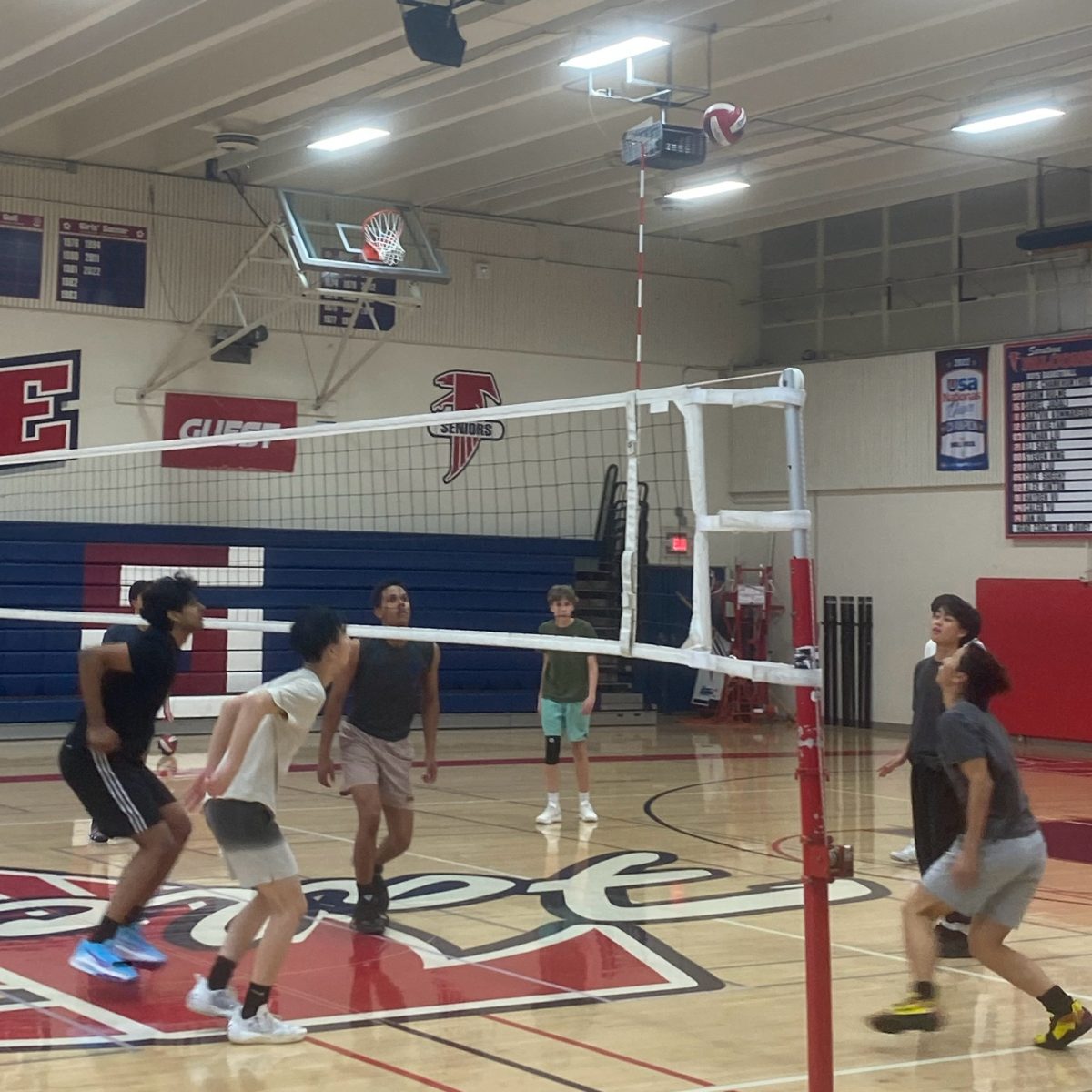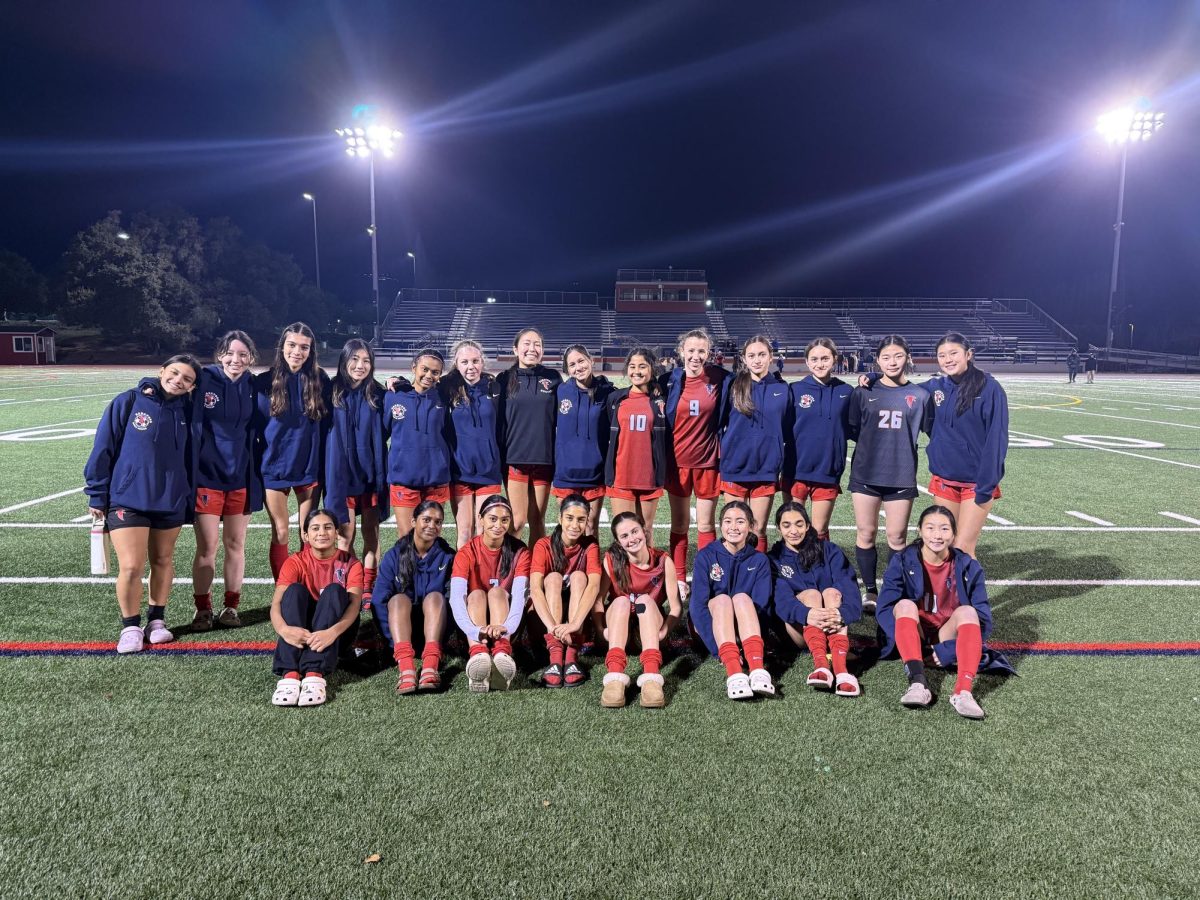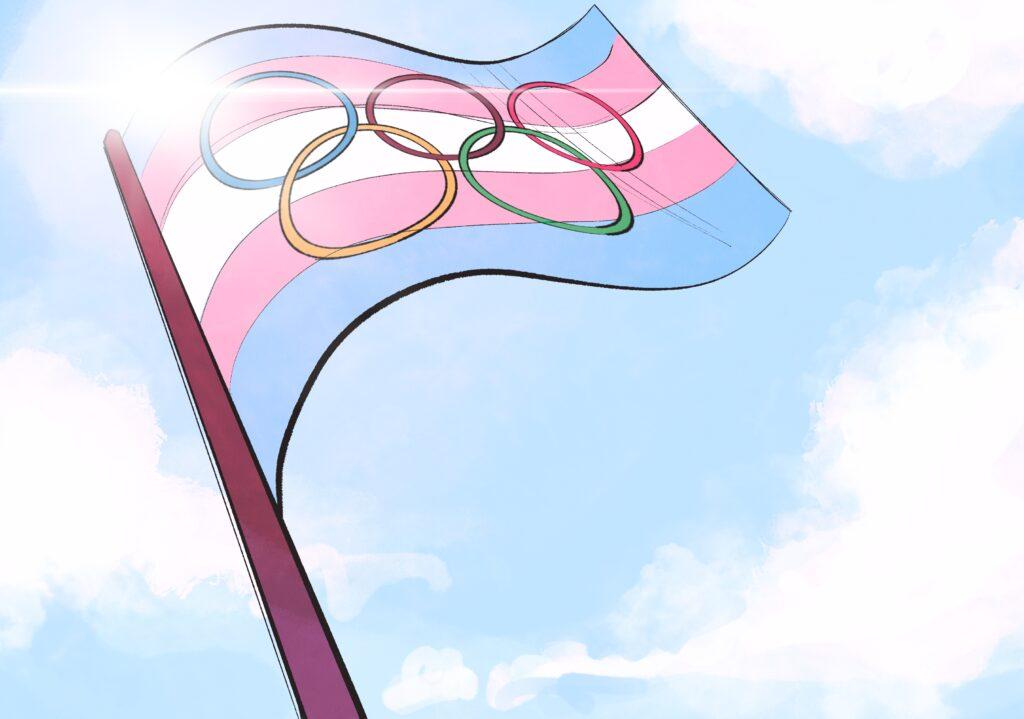On Feb. 9, 2022, Fox News came out with another story generating outrage at trans existence regarding the transfeminine swimmer Lia Thomas. Thomas — 22 at the time — had just transferred from the male swimming team at the University of Pennsylvania to the female one, following her one-year Hormone Replacement Therapy (HRT) treatment and the cancellation of the 2020-2021 swim season due to the pandemic.
Controversy broke out when then-collegiate teammate Riley Gains gave an interview to Fox News during Thomas’s first year of swimming on the female team about how harrowing she found the experience of sharing a locker room with someone she referred to as “a biological man.”
This wasn’t the first time an incident regarding a transgender athlete had sent heated discussions spiraling across the world, such as the outrage directed at the Olympics for permitting transgender women to play on women’s teams in 2004 and the outrage at cisgender woman Kristen Chalmers being beaten in an amateur cycling race by transgender women Tessa Johnson and Evelyn Williamson.
The hate in the athletic community toward transgender athletes has always existed and, like in Thomas’s case, is mostly focused on trans women, like most trans controversies in general. Assigned male at birth (AMAB) people are seen as naturally superior in our society, however subconsciously, so a trans man wanting to be seen as a man is regarded by society in the sense of, “awww, it’s cute that they want to have rights and privilege.” On the other hand, a trans woman wanting to be seen as a woman is ‘“unnatural, revolting and noteworthy. Why would a ‘man’ willingly ‘stoop to the level’ of a woman?”
This controversy, centered around trans female athletes, has recently come to a deafening crescendo with President Biden’s pending proposal regarding changes to Title IX, which will allow schools to “enforce restrictions” on transgender athletes, allowing schools to prevent them from competing on an athletic team outside their assigned gender at birth, as an impediment on the rights of trans athletes.
As a trans man myself and someone who has both participated briefly in school athletics (wrestling) and is currently taking Intermediate Physical Education (IPE), I sympathize with Thomas’s situation.
Since my social transition two years ago, I have regularly changed in the men’s locker room. Even so, I cannot imagine being in her situation: In an interview by the New York Post, Thomas’s cisgender teammate Paula Scanlan mentioned that the cisgender women on the team went to change in the bathroom instead, implying that the locker room itself had no actual changing stalls. There were no places provided for Thomas to actually change in privately, meaning that she had to strip naked to get into her swimsuit under the judgmental eyes of her cisgender teammates. And then to have one of her teammates bash and misgender her to a famous new station, no less. Personally, in that situation, I would feel so, so alone, hated and utterly humiliated.
Junior Jay Louie, a trans man who competed on Saratoga High’s boys” swim team his freshman year, told me about his own more specialized experience on the subject.
“If you’re in charge of designing a changing room, there should always be stalls for anyone, even if they’re not trans,” said Louie. “[Stalls are] just for anyone who’s just uncomfortable being publicly stripped naked in order to get into suitable clothes for whatever sport is being played.”
Louie emphasized the specific brand of humiliation that came with his experiences being trans and on a swim team.
“When I would go up on the board at some other swim meet outside of the school, I would get on the board, ready to start the timer, and the [person starting the timer] would always be like, ‘aren’t you in the wrong section?’ because I had to wear the female swimsuit in order to actually swim,” Louie said.
Especially in the realm of swimming, community acceptance is absolutely crucial for a trans athlete. As someone who has been briefly on the wrestling team and is in IPE, I already have a hard enough time walking out and letting other people see me without a binder (a garment to flatten your chest) on, since I have to take it off in order to actually breathe during exercise. When you’re swimming, the body you’re uncomfortable with is on full display, and everyone could see that you’re different.
“I think that teammates, no matter what, even if they see that you weren’t born a female or born a male, should still respect you for who you are,” Louie said.
Louie said sometimes factors in sports are just “unfair” and that the athletes at a disadvantage just have to work harder sometimes, be it due to a cisgender woman competing against a transgender woman, or simply one competing against a taller woman or a cis woman with naturally higher testosterone levels. Even within purely cisgender athletic spaces, humans will always vary in physiology – some athletes already have an advantage over others due to being taller or lighter or having genetics that allow them to more easily build muscle in one specific area, and this is just something you have to learn to overcome as an athlete.
Even when discussing hormones in regards to biological advantages (in the field of women’s sports specifically), you have to take into account that some cis women you compete against will also have higher testosterone levels than you. Just look at athletes Caster Semenya, Francine Niyonsaba and Margaret Wambui — all cisgender women, all disqualified from competing in the Olympics due to naturally having higher testosterone levels than the approved range.
In fact, according to the International Association of Athletics Federations, (IAAF), when conducting a study on cisgender athletes going to compete in Olympic events, 13.7 percent of the women had higher testosterone levels than the typical female range, and 4.7 percent of the women were even in the typical male range. And when it comes to cis men, 16.5 percent of them had testosterone levels under the typical male range, and 1.8 percent fell within the typical female range. And yet I bet more often than not transgender athletes who fit in their assigned range for the sport will get more criticism for being “biologically advantaged” or “biologically disadvantaged” than these cases suggest.
If officials managing higher-level sports want to have transgender athletes on HRT for a little bit before starting to play on the team of their actual gender, then I believe that is fine, but there shouldn’t be as much focus given to testosterone hormones as there currently is in general, because it already varies so greatly in our population regardless of whether you’re trans or cis, just like other factors that may give athletes an advantage in various sports.
“[Trans athletes] worked hard to be where they are,” Louie said. “They worked hard to survive. They worked hard to have the confidence to go into a sport where they would be seen as basically cheaters because of their previous hormones.”
Louie also emphasized the importance of comfort for any trans athlete. Trans athletes should have comfort and assurance they could live as they really are and play on the team they belong to, he said.
I cannot help but agree — the world already undervalues the comfort of trans people. Gender affirmation and correct pronoun usage are seen as “frivolous” by many, and trans people are constantly expected to argue why they deserve to exist and have rights. We’re constantly expected to step aside and shrink ourselves down, to make ourselves invisible for the comfort of cis people.
Maybe if the lawmakers and critics just saw transgender athletes as people, deserving of comfort and basic rights, then such heavy scrutiny would not be placed on someone like Lia Thomas, who was not trying to make anyone uncomfortable, and many others like her.
In general, I’d say the problems surrounding trans athletes are mostly systemic — but systemic problems have never been fixed without us all coming together in solidarity to change them. We have to support trans athletes, uplift them and try our hardest to make playing fields an inclusive space for everyone.Because that is what sports are all about: freedom to play, freedom to exert your body. And that freedom should include everyone.

